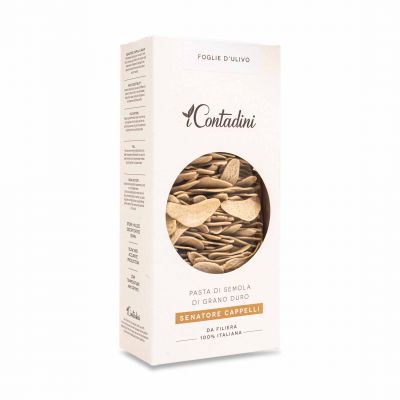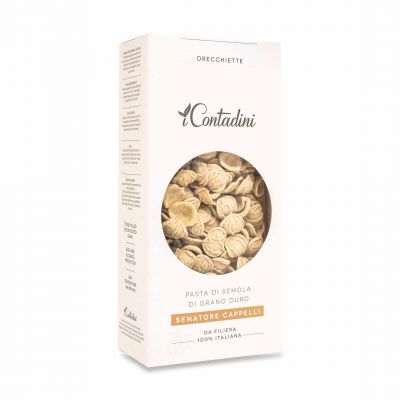A first step into pasta world, alongside our trustworthy partner: I Contadini
⏱ 3 MINUTES READING
PASTA PROJECT
It is known that the region of Apulia is also referred to as the “granary of Italy”. So, we couldn’t decide differently then to start from another region?
No, then our dry pasta project begins there. We wanted to start end of 2020, although the sanitary and market situation did no allow us to present this project as we wanted to. We feel ready now. Of course, this is just the begin.
Step by step, in our style and identity, we’ll dive into the pasta world having already few more project in progress, arriving to you after the summer.
Pasta is one of the pillars of Italian gastronomy and we think it marries naturally with our selection. We’ll try to present you in this issue the infinite possibilities that pasta can offer, depending on shape, taste profile and origin.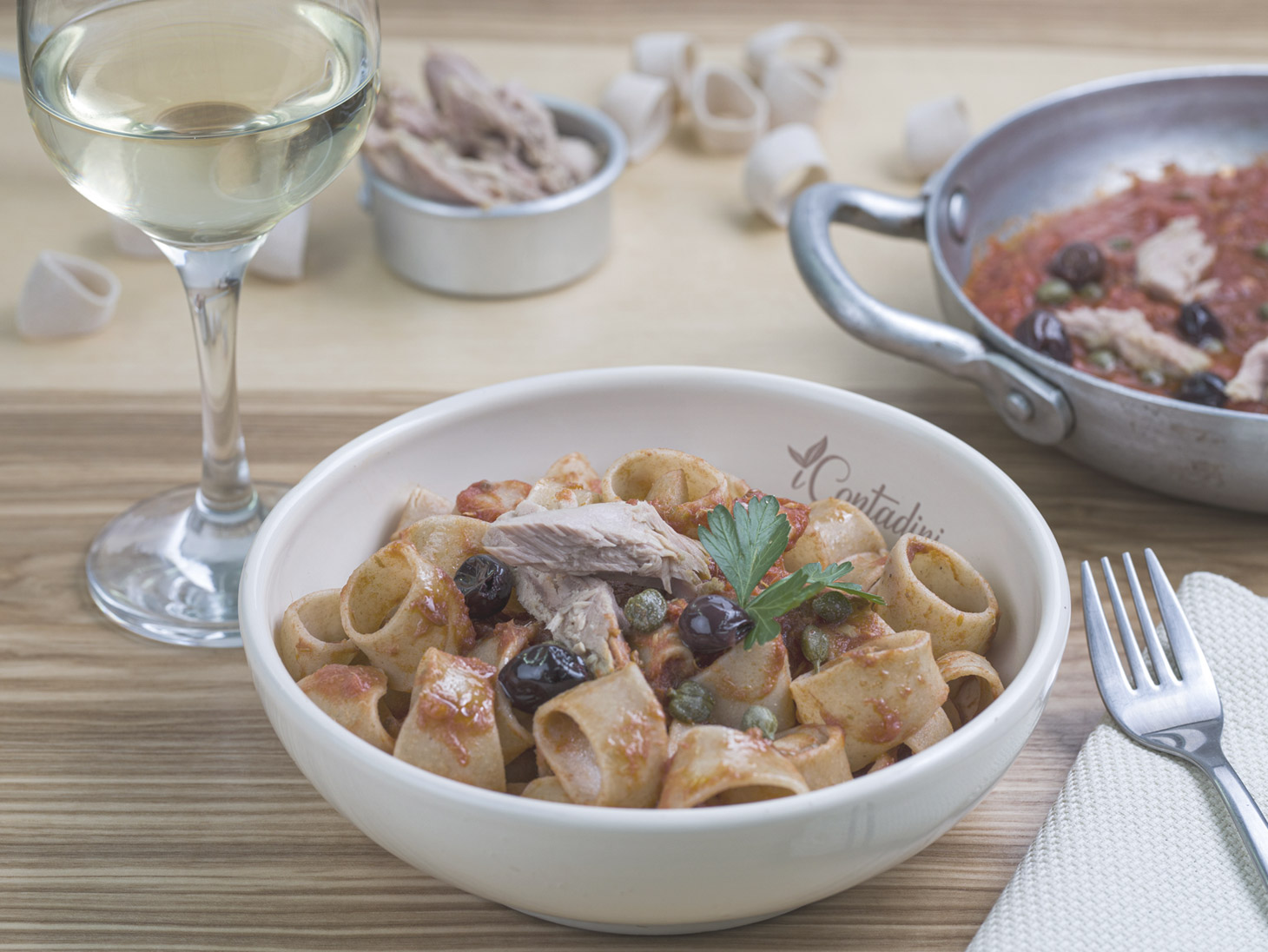
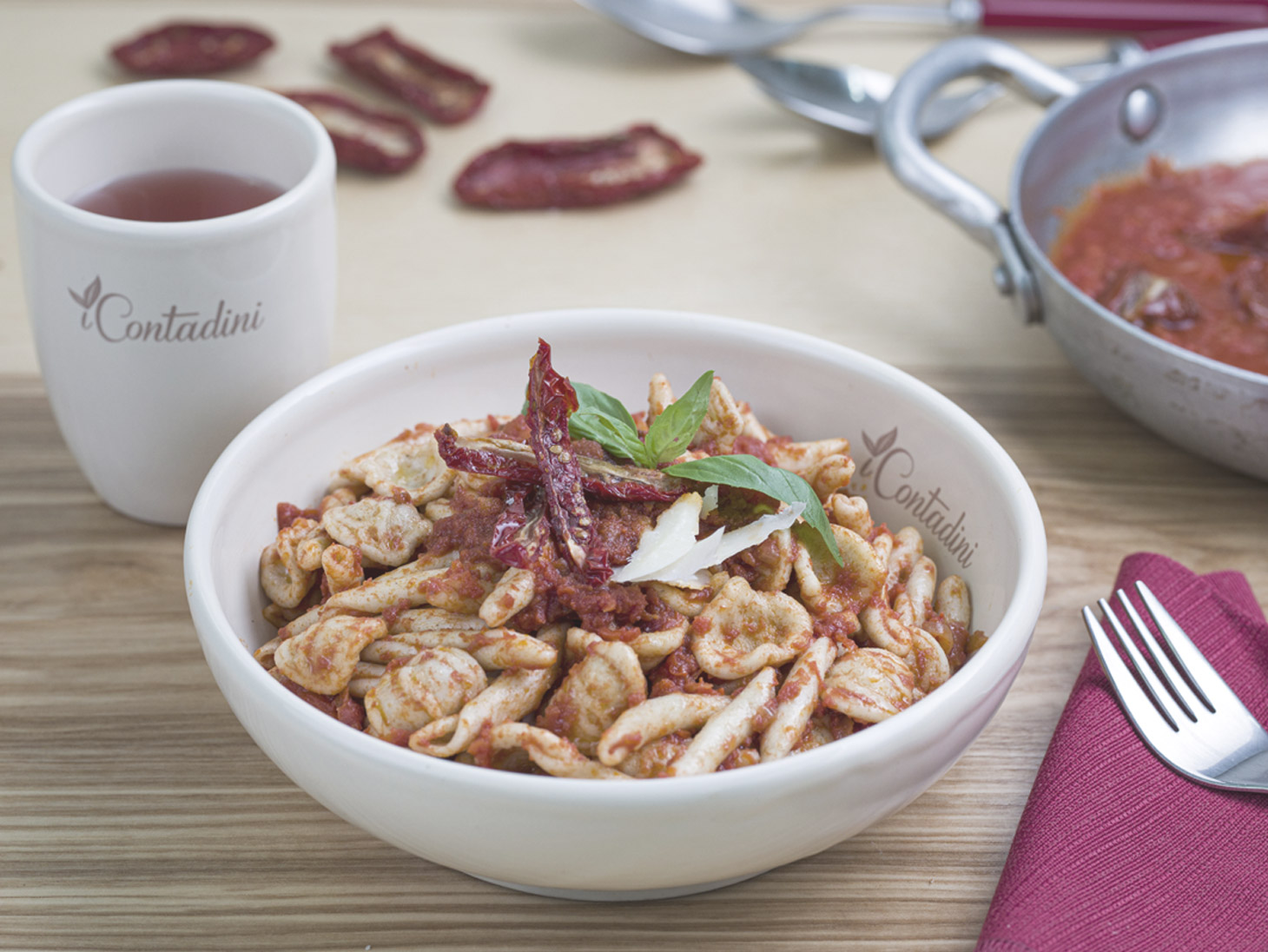 APULIAM DURUM WHEAT
APULIAM DURUM WHEAT
Let’s start with Apulia, from a supply chain we already now very well: we are talking about I Contadini (I had already anticipated to you that there would soon be other surprises).
This is an ambitious initiative, with the aim to deliver to your table a short supply chain pasta, produced with super high standards. Honest and concrete.
Trentin brothers cultivate durum wheat in their owned fields, always caring about environment, cereal and tradition.
THE MILLING
The wheat is milled in a Salento mill, just before going into production, in order to preserve all its nutritional and organoleptic characteristics.
Compared to most of the semolina on the market, the type of milling used by the mill also allows to keep a part of the bran, and therefore to obtain a less refined semolina characterized by a darker colour.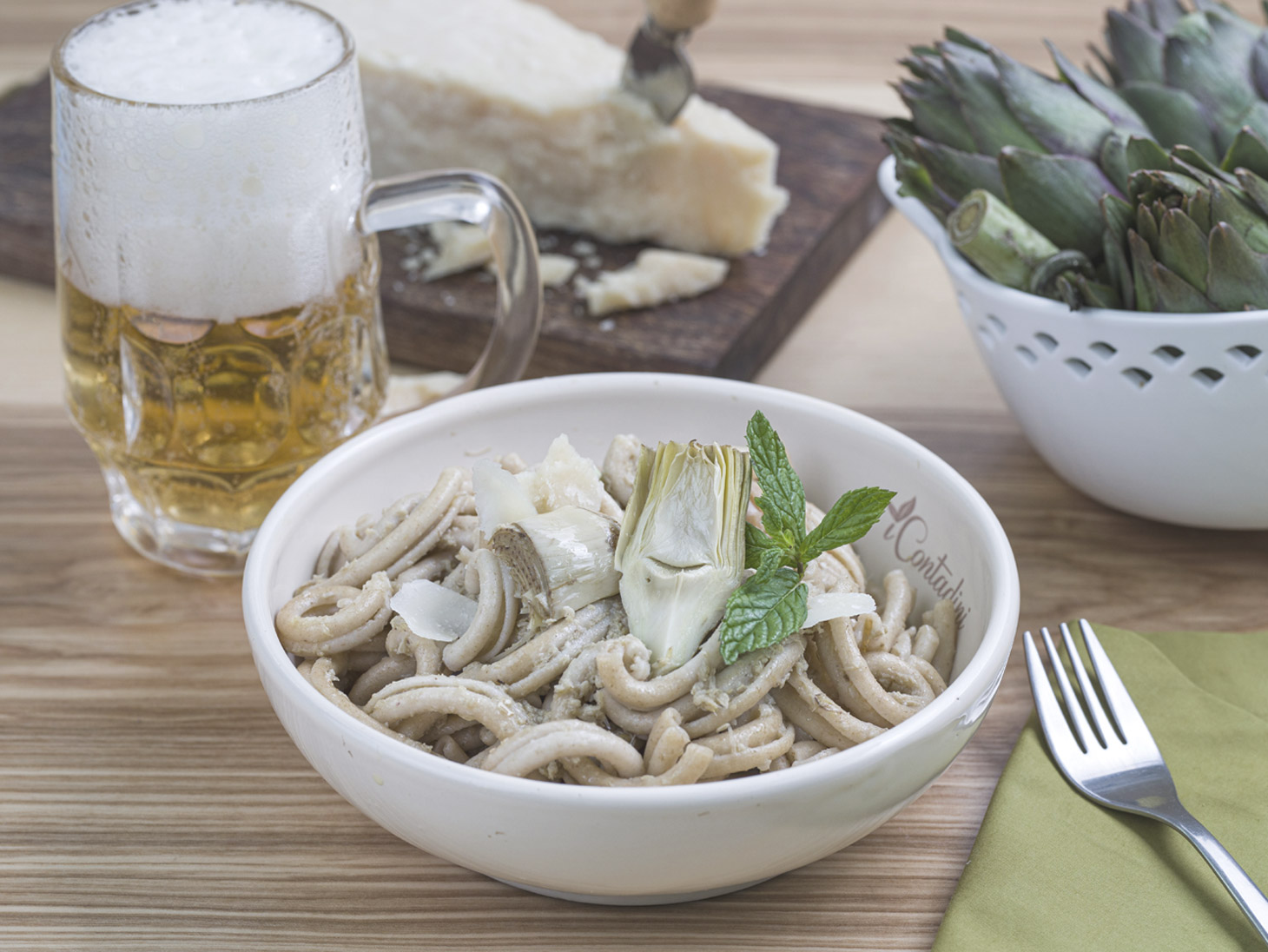
THE LABORATORY AND THE DRYING
The production of pasta takes place in a very small pasta laboratory, where few people work.
All the operations are performed manually, the product is taken at the exit from the dies (in bronze for some formats, in teflon for others, by choice) and is placed on the drying frames which are then placed in the static dryers for more than 48 hours, drying at low temperature.
Some formats such as Tria and Sagne Torte are even finished by hand before drying.
This prolonged time and the low temperature give the pasta its particular characteristics: roughness, consistency, taste and resistance in cooking.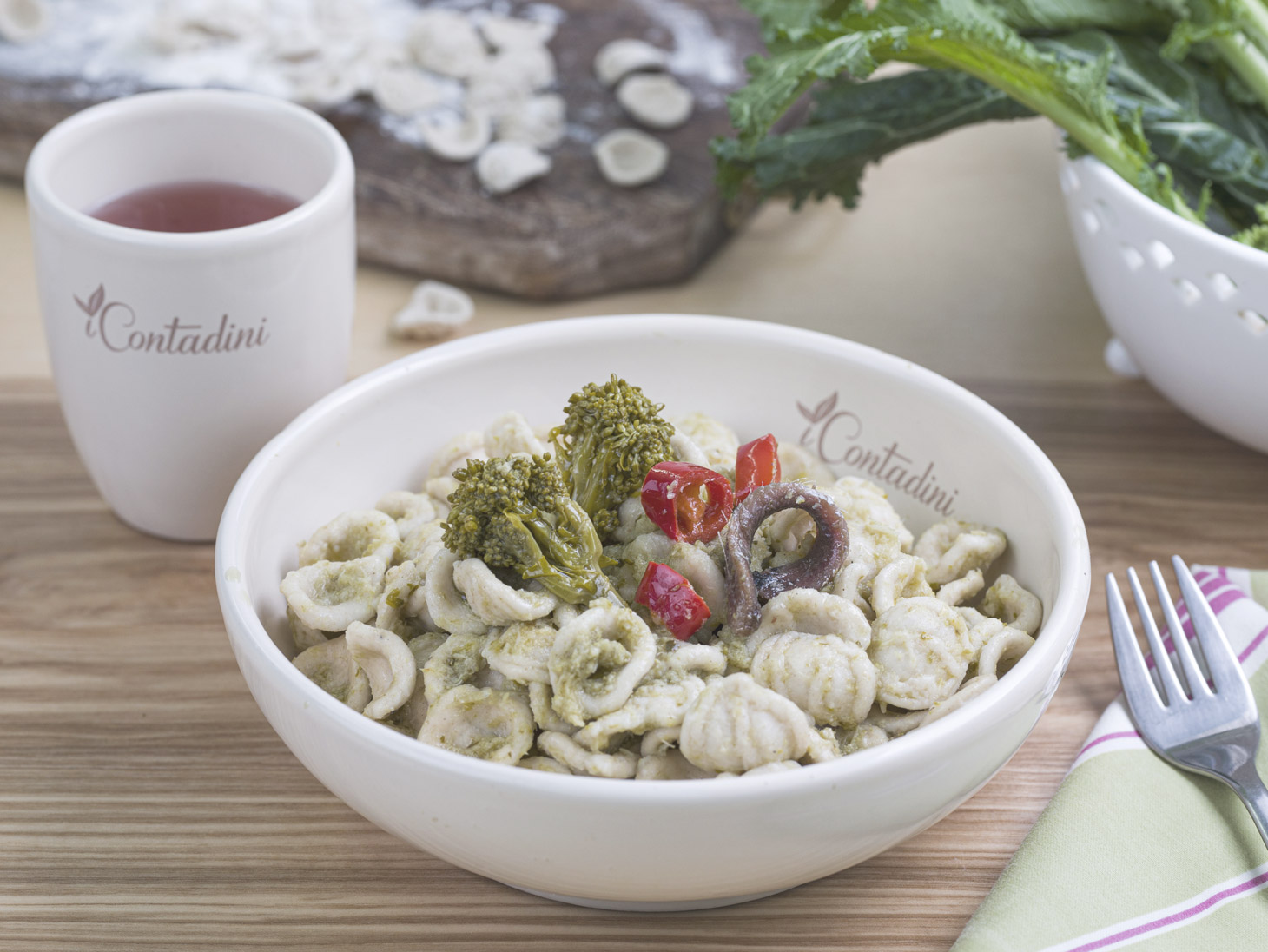
PACKAGING AND SIZES
The packaging is also very dedicated: it is done manually with an innovative and unique packaging that allows to make the product fully visible, to communicate all its peculiar characteristics and to have a stable package on the shelf, facilitating display.
The choice of formats speaks a very clear language, Apulian. Orecchiette, Maritati, Sagne Torte, Tria, immediately connect us to the Apulian tradition: pasta shapes that are often produced at home by hand in Salento, but which, with this project, can easily travel to be combined with different ingredients. Even in our homes. How?
In the presentation of the various formats we try to give you some suggestions for use, mouth watering already?!
Alessandro De Conto
Sales Director




